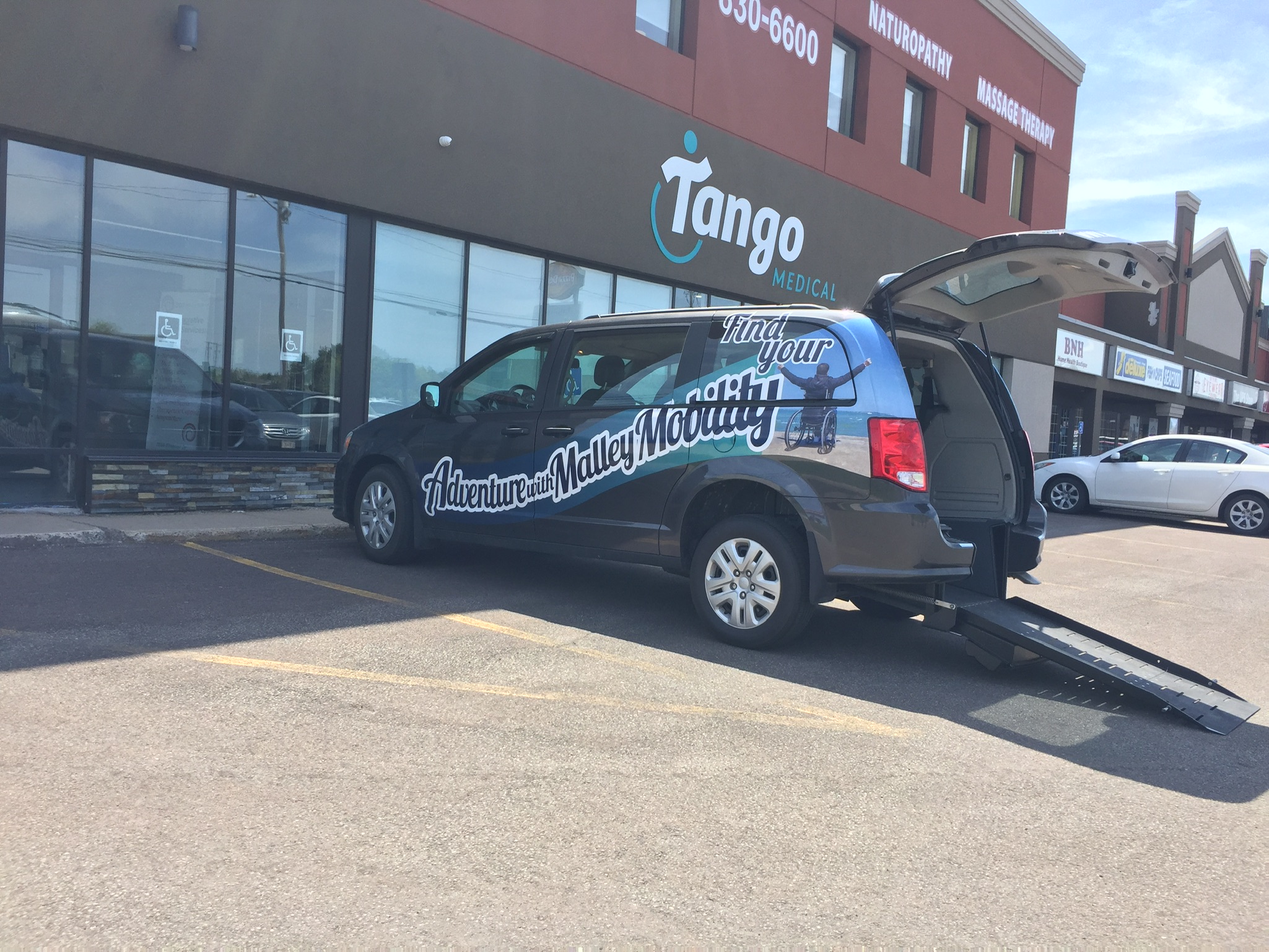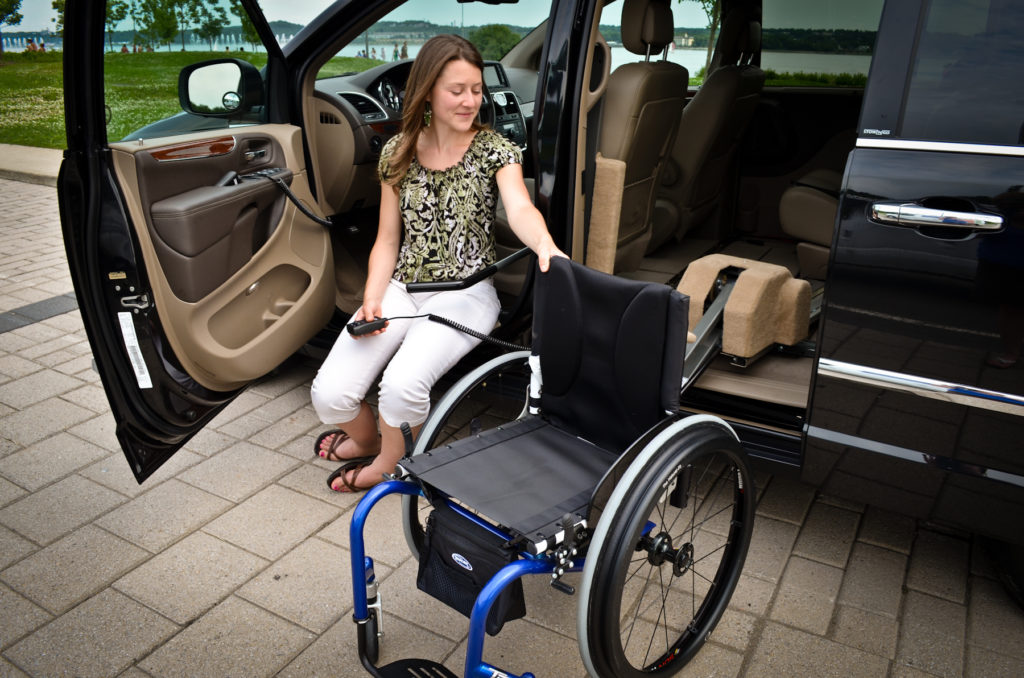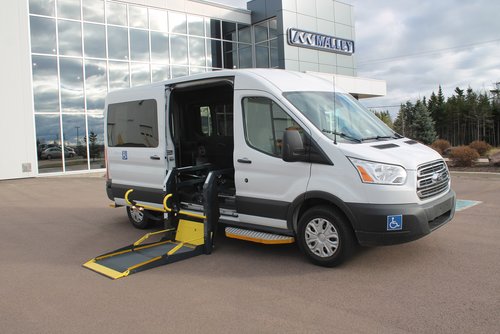 Deciding whether to purchase a mobility van and which options are required can be a difficult process. There are lots of different options to choose from (minivan vs full size van, side entry vs rear entry, lift vs ramp, etc.) and getting this wrong can be lead to you having a vehicle that doesn’t suit your specific needs, and leave you disappointed despite having spent a lot of money. In order to help with this process I have provided a few tips and questions to ask in order to make this process as painless as possible.
Deciding whether to purchase a mobility van and which options are required can be a difficult process. There are lots of different options to choose from (minivan vs full size van, side entry vs rear entry, lift vs ramp, etc.) and getting this wrong can be lead to you having a vehicle that doesn’t suit your specific needs, and leave you disappointed despite having spent a lot of money. In order to help with this process I have provided a few tips and questions to ask in order to make this process as painless as possible.
1- Do you even require a mobility van?
For those who have lightweight or folding wheelchairs that can be easily stowed into a vehicle, a mobility van may not be required. There are many people with mobility impairments who have managed to drive minimally adapted vehicles by transferring themselves into the driver seat, breaking apart or folding their mobility device, and pulling it into a passenger seat. This method requires a bit of practice to perfect, as well as some extra energy, however some like this approach as it reduces the cost required to purchase and maintain a vehicle. There are also some vehicle modifications that can be installed to help users transfer into a vehicle and load equipment. These devices can sometimes be placed into vehicles already owned by the user, eliminating the need to purchase a new vehicle. Below you will find a picture of the Speedy Lift and XL Seat from Adapt Solutions, which are options for some wheelchair users. There are also devices that can be installed on the base of car seats that pivot and lower allowing users to easily transfer and lift into the vehicle (e.g. XL Base or the Link by Adapt Solutions). For individuals who have a hard time transferring out of their wheelchair, or use a heavy power wheelchair that cannot be lifted into a vehicle, a mobility van may be your best option.

2- What type of mobility van do you require? Minivan vs full size van
When deciding whether you need a full size van (e.g. Ford Transit or Dodge Promaster) versus a minivan (e.g. Dodge Caravan or Ford Transit Connect) you need to consider the following:
- How much room do you require? Those who need to transport multiple wheelchair users, additional passengers, or lots of cargo in addition to vehicle occupants, may be better served by a full size van. A mobility transit service or a special care home sometimes requires a full size van, where a taxi service or individuals with a smaller family may prefer a minivan.
- Is the driver comfortable driving a larger vehicle? Full size vans can be intimidating to those who are not accustomed to driving the more bulky and less maneuverable vehicles.
- Fuel economy and cost of maintenance. Smaller vehicles offer best fuel economy and lower cost of maintenance than a larger vehicle, so if you want to reduce operating costs you might prefer a minivan.
- What is your budget? Typically the lowest cost options are the rear-entry minivans, with side entry minivans and full size vans being more expensive (cost depends greatly on required options). Based on this, it is always best to consult your mobility van dealer to discuss required options as well as budget to help determine what mobility van will work best.

3- Will the person with a mobility impairment be driving the vehicle, or be a passenger when someone else is driving?
If the person with a mobility impairment is going to only be a passenger in the vehicle, most mobility vans will work as they will remain in the rear of the vehicle. If they would like to operate the vehicle, they will either need to transfer into a 6-way power seat that pivots allowing for easy wheelchair to seat transfer, or have a van that allows you to drive from your wheelchair within the vehicle cockpit. Rear-entry minivans will not allow for a wheelchair user to access the front of a vehicle so these are not suitable for someone who wants to drive independently. For someone who wants to drive, you will also require power deploying ramps (in the case of a minivan), and automatic door openers.
4- What is the type and size of wheelchair, and will it work in the selected mobility van?
If someone is using a power wheelchair, they will be able to drive independently up most van ramps regardless of grade, whereas someone using a manual chair may require assistance on some ramps. It is sometimes possible to select longer ramps in order to reduce the grade making it easier to manage, but this will depend on the ability of the user. For someone using a manual wheelchair and wanting a minivan they can drive independently without assistance, there are side entry vans that kneel using hydraulics to reduce the grade of the ramp. Full size vans work great for both power and manual wheelchair users as they generally have a lift with only a small transition to overcome. On all ramps and lifts you need to verify they can accommodate the width and weight of the wheelchair with occupant.

Recent Comments